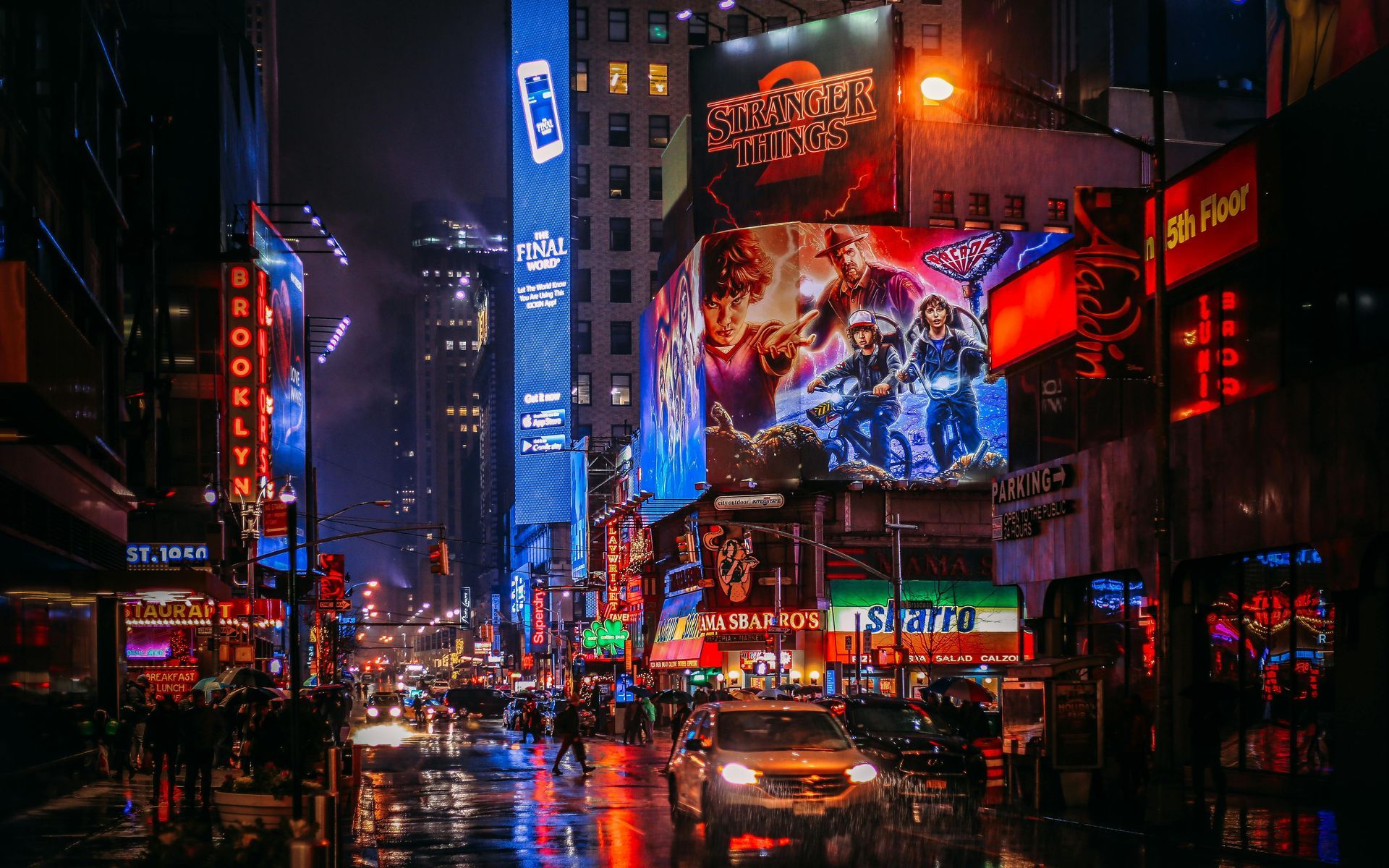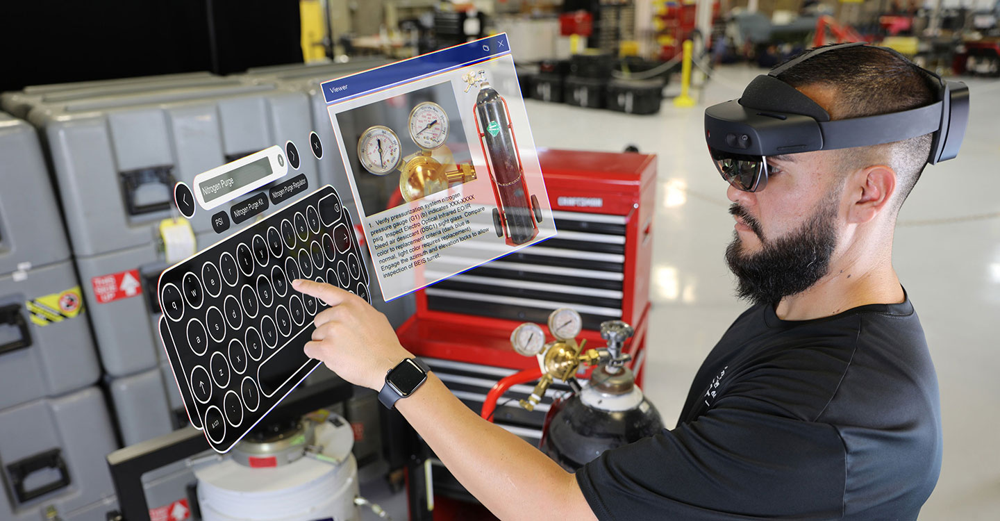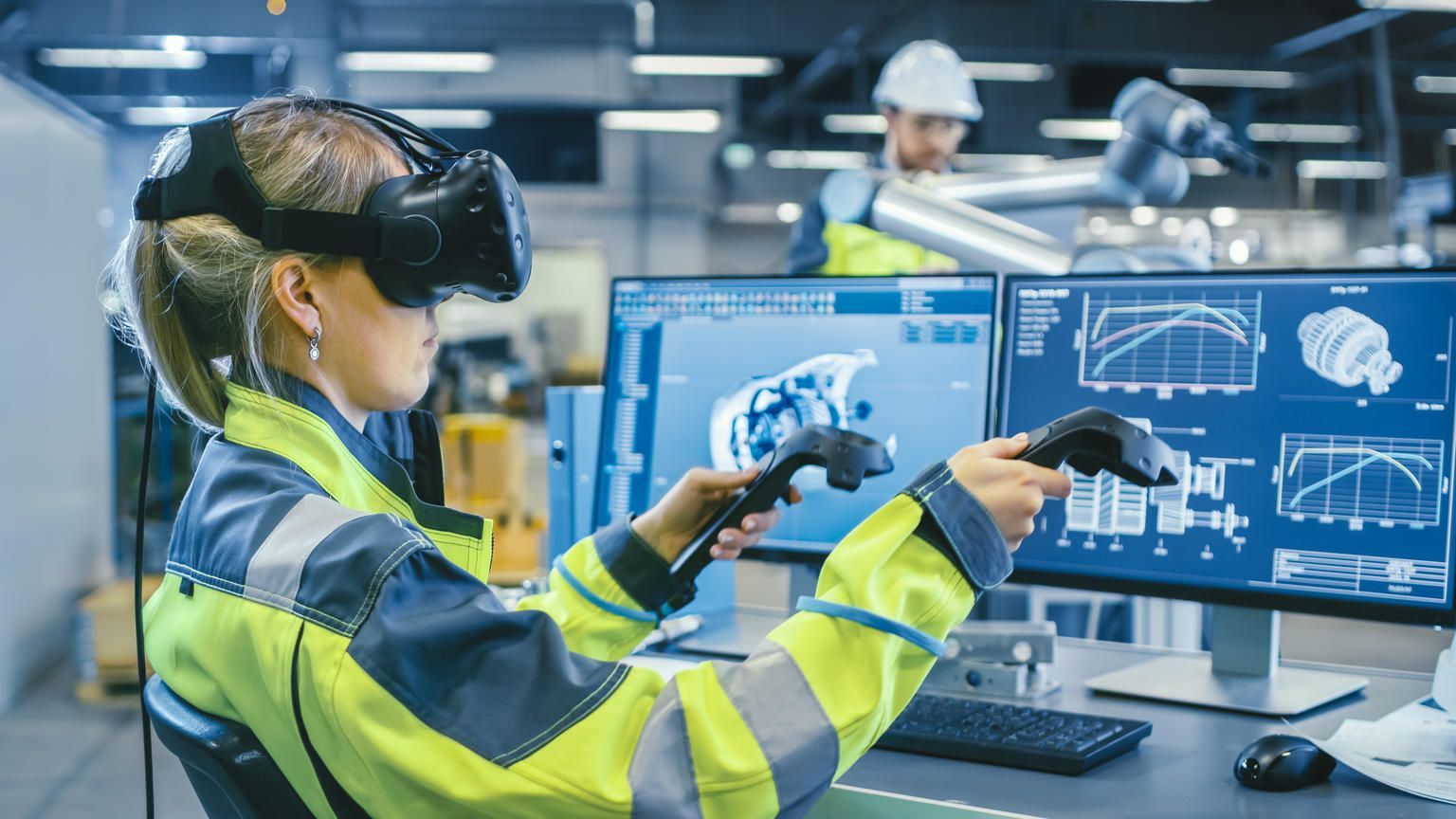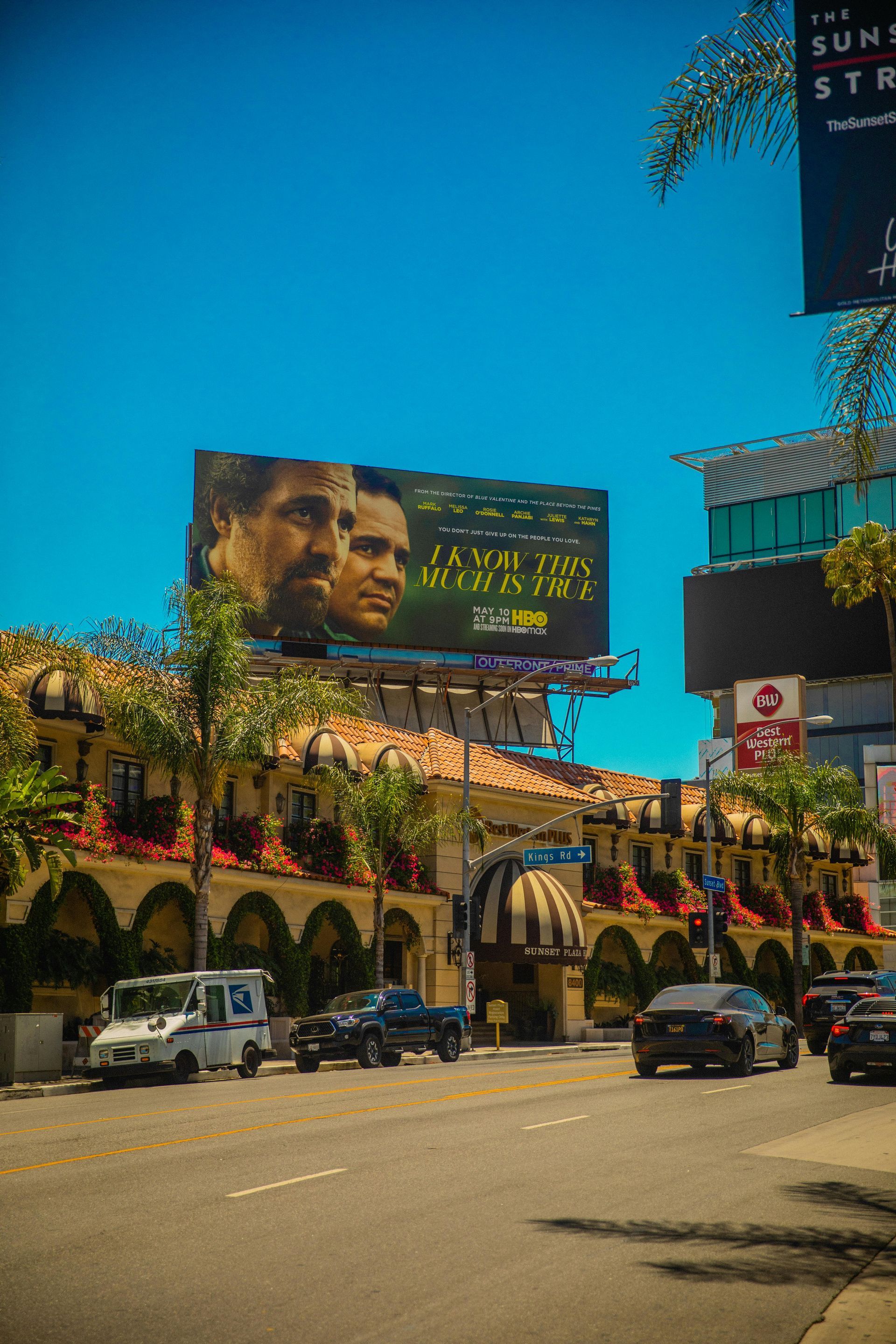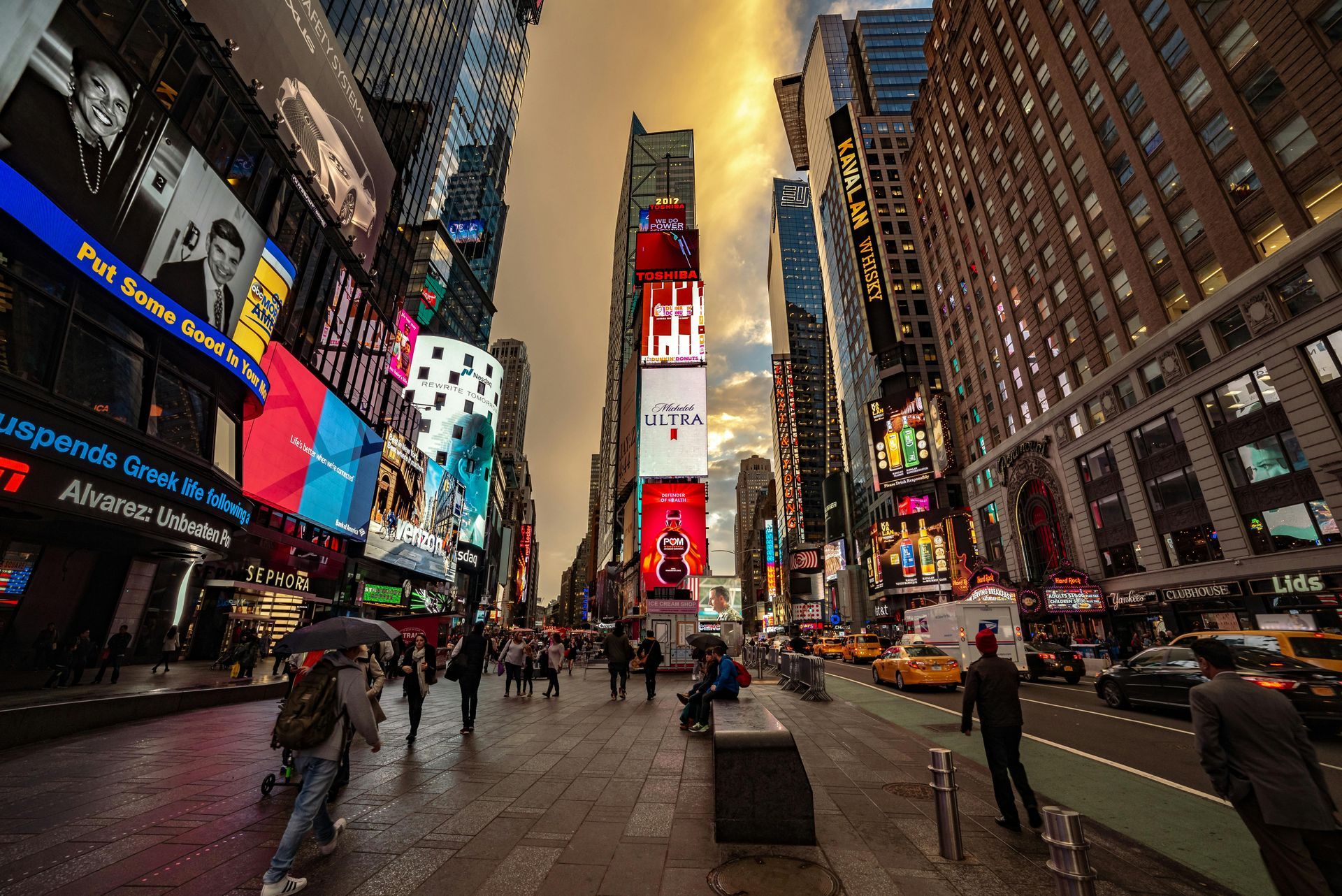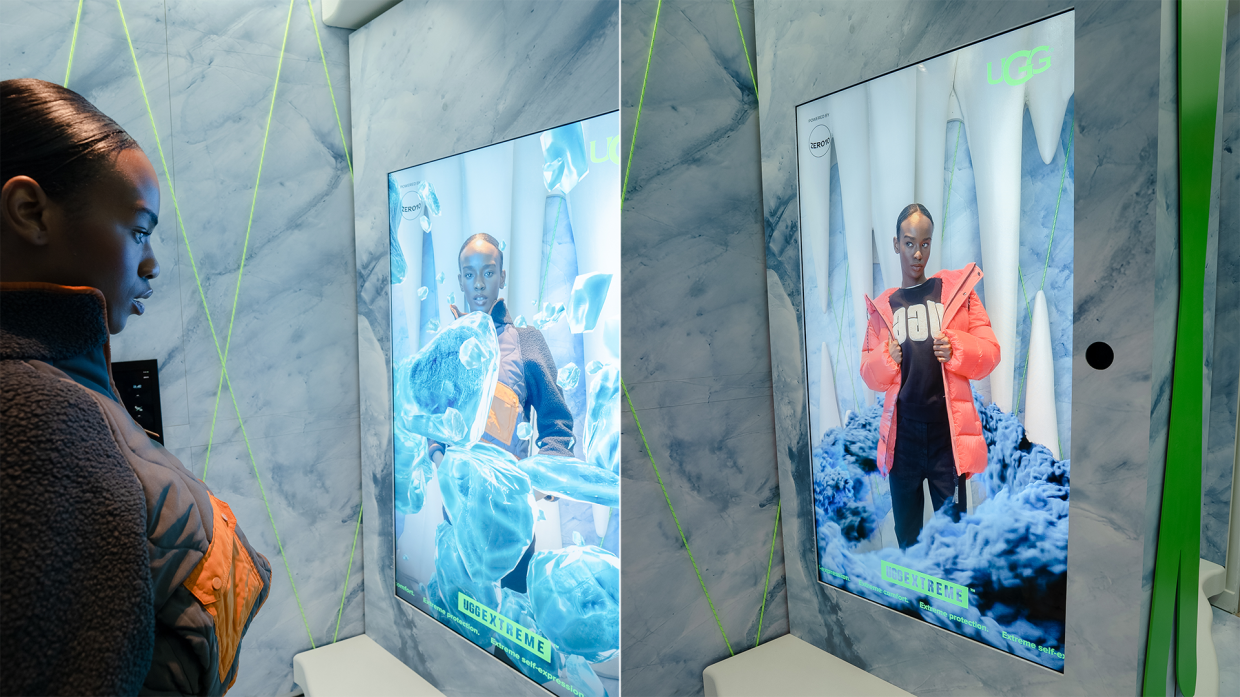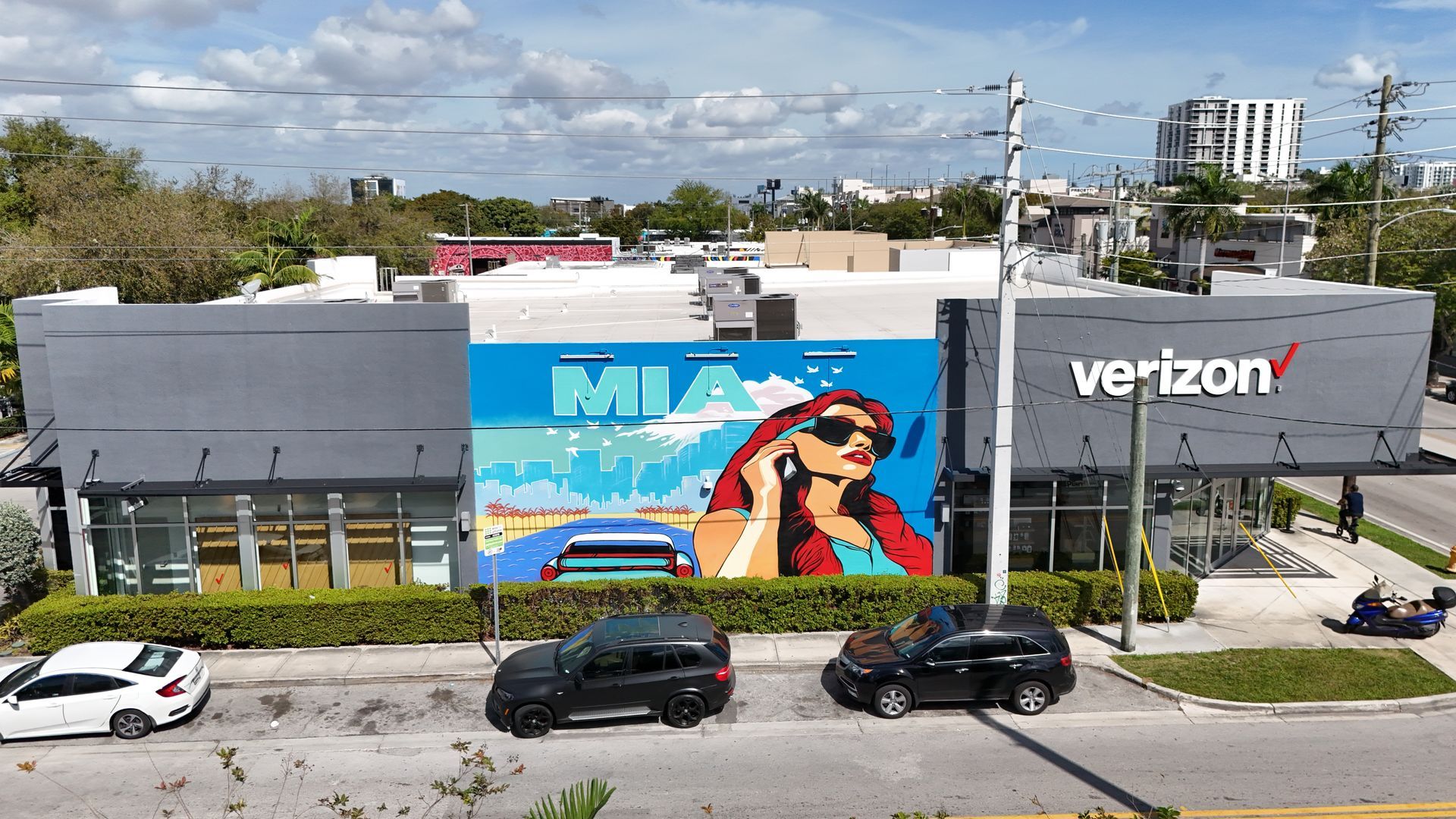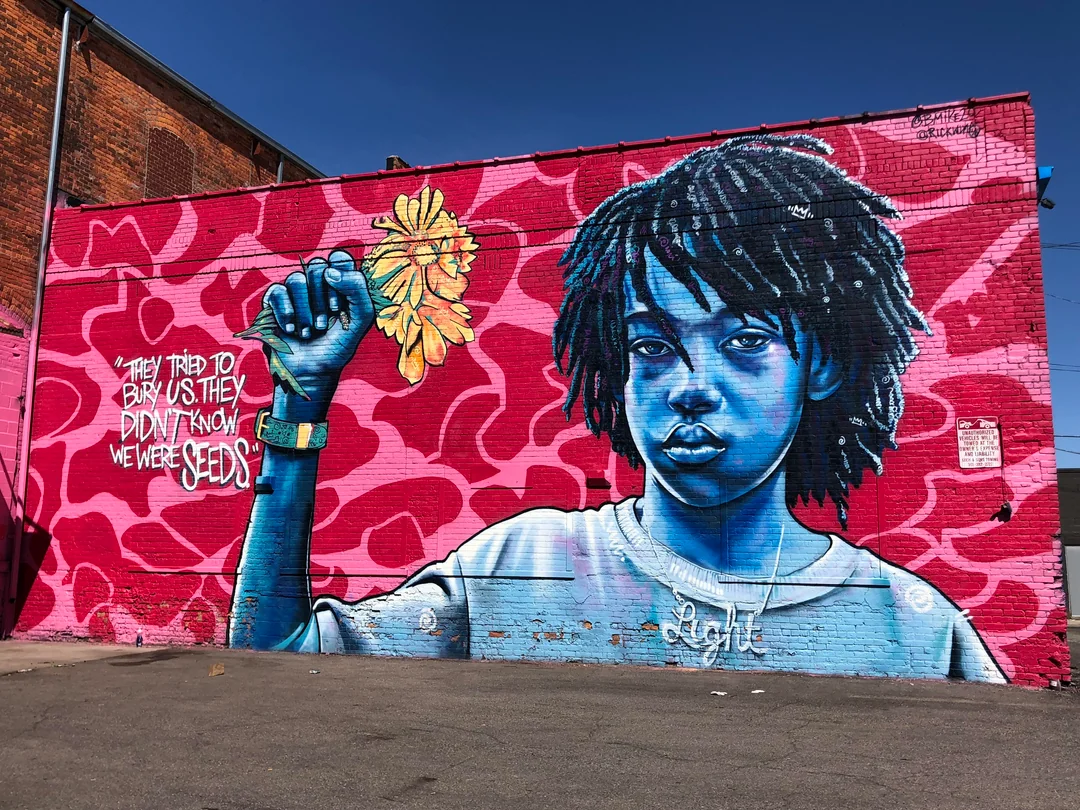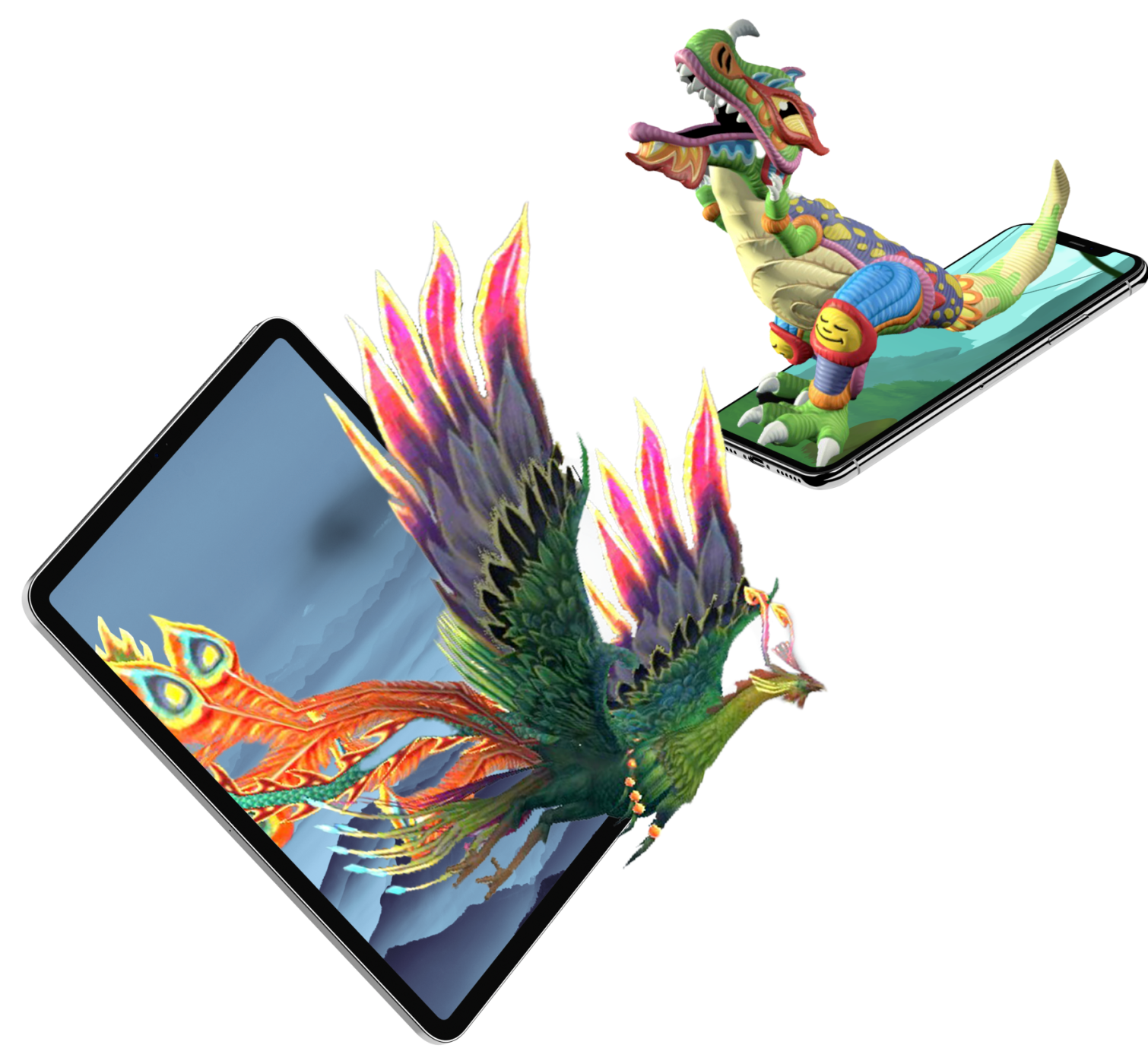What is the Metaverse?
Welcome to the Metaverse
Ladies and gentlemen welcome to the Metaverse. A massive, mesmerizing virtual universe where people come to do anything they can imagine, and they stay because they can be anyone they dream of. You might've seen concepts like the Metaverse and movies like Avatar and Ready Player One. And you might've heard that Facebook recently changed its name to Meta. Their CEO, Mark Zuckerberg, calls the Metaverse an immersive, embodied internet, where you're actually inside of the experience, rather than looking at it from a screen. Now, this might seem like science fiction and far out and futuristic, but I'm here to tell you today, three core concepts that can help you navigate your way through the Metaverse.
Now, most people think the Metaverse is made up of virtual game-like worlds, something that we would see in
Fortnite,
Roblox, or
Minecraft. But what if the Metaverse is not a place? Instead, it's a moment in time, a moment in time where our digital lives are more valuable than our physical lives.
And this isn't an overnight change. This has been happening for over 50 years. Ever since video games were invented, then COVID-19 hit and forced everyone to do everything. Virtually work went from factories to laptops, from boardrooms to zooms. Our friends and neighbors became followers on Facebook,
Instagram, and Twitter. And today there are more kids who play Fortnite, than little league
basketball and football combined.
For some people, they are already living more fun, more interesting, and more valuable digital lives. You could say that these people are already inside the Metaverse. Take personal identity, for example, what matters more? What you look like in real life? Or what you look like on
Instagram?
Augmented reality filters are becoming the new makeup and stories are personal billboards to broadcast who you are to the world.
And now with Crypto and NFTs, all of our assets are moving online too. One of the best use cases for blockchain technology are NFTs or non-fungible tokens. These are digital collectibles that have guaranteed proof of origination and ownership. In the art world, this is called provenance. This is the difference between the value of a guaranteed original Mona Lisa painting versus the value of a Mona Lisa painting that you bought at target.
Earlier this year,
Christie's had its first-ever auction of a digital piece of art. The artist Beeple created one digital piece of artwork for 5,000 days. Every day for 5,000 days, he created a digital artwork. He combined those artworks in an NFT and they auctioned it for $69 million... digital art!
And so now if we're spending more of our time online, status symbols like BMWs and Rolex's starts to matter less and our digital flexes start to matter more. What you see up here is a
Bored Ape Yacht Club NFT. And this is one of the biggest digital flexes that you can do today. Celebrities like Steph Curry, the Chain Smokers and Marshmallow have all paid hundreds of thousands of dollars to be part of this NFT club and to use the Bored Ape as their profile picture.
This collection of 10,000 unique cartoon apes is now valued over $1 billion.
The third concept, I want you to remember about the Metaverse is convergence. The definition of convergence is where two or more things come together to create something new. And this is happening in more ways than one in the Metaverse. We're seeing technologies like 3D engines, like
Unity and
Unreal. 5G, artificial intelligence,
augmented reality and virtual reality, blockchain technologies, CPU's and better graphics cards all converging at once to create this Metaverse. Even the US army is keeping an eye out for these emerging technologies and using them in the battlefield and in training.
Guess what it's called? Project convergence.
Some of us now are already living in the Metaverse, we value our digital lives just as much as we value our physical lives. And look for this trend to continue over the next 10 years with more
digital identities, more
digital assets, more
immersion, and more
interactivity. These augmented reality glasses you see here will be the next smartphones, giving us the ability to tap into the Metaverse anywhere on top of the physical world. And virtual reality headsets will become our new desktop computers.
Giving us the ability to limitlessly connect, create, shop, and have some pretty badass workouts. Thank you, my name is Moody and I'll see you all in the Metaverse!
TALK TO A PRO
We're here to bring your brand to life!
Stay Connected with BrandXR
Create Augmented Reality for Free!
Create, Publish, and Measure 3D Augmented Reality Experiences Without Having to Code.
